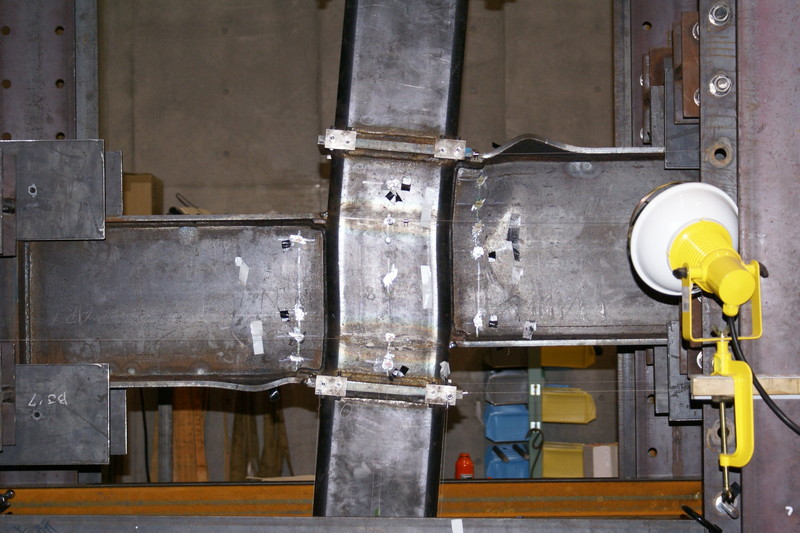We aim at improving earthquake-resistant performance of buildings. Our research topics are as follows:
- Prediction of earthquake ground motion
- Seismic source modeling
- Evaluation of the effects of surface geology on seismic ground motion
- Base isolation system and soil improvement method
- Dynamic soil-structure interaction

Our research group mainly studies seismic performance of concrete building structures: reinforced concrete, prestressed concrete, CLT-concrete composite, and masonry through experimental, analytical, and theoretical approaches. Research interests also cover design methodology for new construction, seismic retrofit for substandard existing buildings, and field investigation on earthquake damage.

We conduct research on the mechanical property of materials, members and joints and on the theory of seismic design, forcussed on steel structures.

Our main and shared interest is the relationship between human beings and spaces. We research and practice the design of architecture, city, and region in order to improve and enrich human beings, communities, and societies. We uphold the “wholeness of human beings and their environments”, which develop and form systems together. Our research and design, including urban planning, are conducted from the idea of the “area’s context”, which means that the spaces that we experience are based on the geographical and topographical structures as well as the social, perceptual, and economic structures.

We have carried out our research aimed at the planning methods to design architecture, urban facilities and social system with considering human being. Our research key word “ergonomics” means not only human behaviors but also humans’ evaluations and feelings, relationship between humans and so on. Our survey targets’ building types are various, such as residential area, house, community facility, office, public urban space and so on.

In order to create a comfortable and healthy living space and achieve the purpose of building energy saving, our research is mainly aimed at improving the urban and building environments through appropriate design of heat, air, light and sound in buildings. The content of our research is categorized as follows, from the perspective of human to architecture.
1) Environmental Psychology and Physiology: Relationship between Physical Stimulation and Psychological and Physiological Response of Human
2) Built Environmental Engineering: Analysis and evaluation methods of building environment
3) Building Equipment Engineering: Design and evaluation methods of equipment system

Our laboratory (Architectural Morphology Subarea) is involved research on the digitization of the morphological composition in urban and built environment and research on the construction of cyber communities, development of crowd behavior simulations, research on BIM in architectural design, and research on morphological information processing in graphic science.

Top